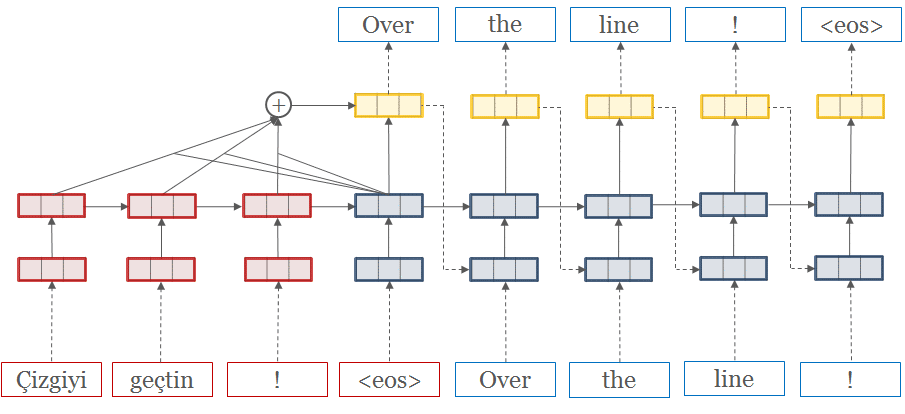Last autumn, Google, Microsoft, Systran and SDL announced advancements in the area of Neural Machine Translations, tools that use an artificial neural network for machine translations. What does that actually mean in terms of quality?
From “word for word” to overall comprehension
Until recently, online translation tools, like Google Translate or SYSTRANet used what is known as Statistical Machine Translation (SMT) whereby translations were generated from statistical models. The algorithms concentrated on the words individually to generate a general hypothesis for the translation. The system proved to be fairly unreliable depending on the technical requirements of a document or the linguistic differences between the source and target languages.
Similar to the way in which the human brain works, NMTs are made up of a network of neurons that feed on data that is being enriched and strengthened in real time. With this ability to self-educate, based on methods of Artificial Intelligence, Big Data, and Deep Learning, Neural Machine Translations treat an entire phrase or document as a whole in an effort to understand its meaning. After examining the grammar and the words used throughout, the neural motors analyse the context and vocabulary, attempting to provide a quality translation that is as accurate and pertinent as possible.
A new look for online translations
With varied skills and an improved productivity, Neural Machine Translations aim to provide advanced translation services, notably for project management within companies. After having run translation test between Chinese and English to overcome the habitual translation errors, Google launched Google Neural Machine Translation (GNMT), available in 8 languages. Not to be outdone, Microsoft responded with Microsoft Translator, a mobile application allowing for document translations in 60 different languages, and Skype Translator, which helps to facilitate conversations in groups of up to 100 people.
The limits of Neural Machine Translations
With the considerable quantity of real data available, online Neural Machine Translations are evolving quickly. However, while amassing this information, stored by Google and Microsoft, Neural Machine Translations begin to pose problems when it comes to the protection of information. The neural systems AdaptiveMT, from SDL, and Neural MT, from SYSTRAN, which has its R&D department based in France, are working to correct this fault in the cloud API by using encrypted and secured connections.
Despite its inexpensive nature and producing fewer errors while translating in record time, Neural Machine Translations are limited. Like their predecessors, NMTs suffer when it comes to difficult, technical language, the usage of rare words, and proper nouns. Despite their strong potential, these faults in their application place doubt on the final quality of the translation, which, in the end, will still require the services of human translators.

